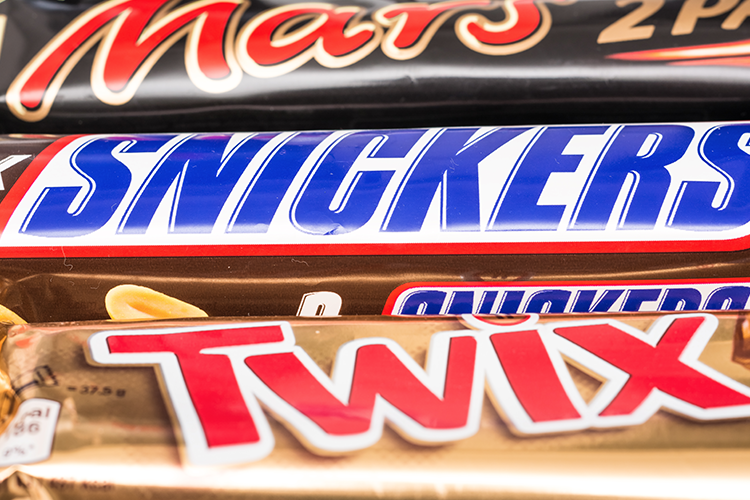Blog
Serving sizes on junk foods labels are misleading
 As That Sugar Film makes abundantly clear, often we can be hoodwinked as to what we think is healthy food and drink.
As That Sugar Film makes abundantly clear, often we can be hoodwinked as to what we think is healthy food and drink.
Many seemingly healthy foods are often high in added sugar. So, while we think we are choosing ‘healthier’ packaged and pre-made foods, we can inadvertently be scoffing back excessive amounts of the sweet stuff. And that ain’t great for short and long-term health.
Adding more complexity to the task of choosing the better food and drink products, there are discrepancies as to what constitutes a ‘serve’ for junk (a.k.a. discretionary) food and drink items that grace our supermarket shelves, according to a recent study.
Researchers from The George Institute for Global Health and the National Heart Foundation of Australia analyzed 4,466 discretionary products found in Australia’s 4 leading supermarkets, including processed meat, confectionary, sweet biscuits, cakes and muffins, crisps and snacks.1
What did they find?
A ‘serve’ size exists, you see, to help the consumer understand the appropriate portion size for a product. For junk food, a single serve is recommended to be 600kj.2
While a manufacturer is required to state a serving size and associated nutritional information, the study found huge variations as to how much a single serving size actually is, and a single serve of many products provided more than 600kj.
In fact, 76.4% of cakes and muffins, 74.5% of pastries, 74.2% of desserts, 60% of protein and diet bars, 54.3% of frozen potato products, 51.7% of processed meats, 50.5% of ice cream and edible ice, and 36.3% of crisps and snacks had serve sizes that exceeded 600kj.
More serves in that treat than you think
In addition, some suggested serving sizes differed between the various sizes available of the same product.
For example, the biggest packet of Cadbury’s Cherry Ripe was listed to contain 12 serves at 18g each. Yet, the smaller eat-in-one-sitting version of this product notes a single serving size of 52g. That’s nearly three times more!
Researchers also found more than two-thirds of sugar-based confectionery had a serving size smaller than their package size, even though these products were packaged and designed to be eaten in a single sitting.
“It’s unrealistic to expect that people will read the serve size and only eat one twelfth of what’s in the pack,” said study senior author, Dr. Jason Wu. “People will generally eat a packet of crisps or a small chocolate bar in one sitting. For these type of products we need to ensure the displayed nutrition information per serve is based on the total package, otherwise people will end up eating much more than they intend.”
Similarly, 250ml was noted as a serve on a 2 liter bottle of a particular soft drink while the 375ml can of the same soft drink noted the entire 375ml can as a serve. What?
What to do
Good news is research like this will help inform policy makers, and such discrepancies are being addressed. In the meantime, try to limit the intake of heavily processed and packaged foods, and opt for real, whole food options instead.
By Angela Johnson (BHSc Nut. Med.)
References
- Haskelberg, H., Neal, B., Dunford, E., Flood, V., Rangan, A., Thomas, B., Cleanthous, X., Trevena, H., Zheng, J.M., Louie, J.C.Y., Gill, T., and Wu, J.H.Y., 2016, ‘High variation in manufacturer-declared serving size of packaged discretionary foods in Australia’, British Journal of Nutrition, vol. 115, no. 10, pp.1810–1818.
- Eat For Health 2015, Discretionary Food and Drink Choices, viewed 5 April 2017, <https://www.eatforhealth.gov.au/food-essentials/discretionary-food-and-drink-choices>











